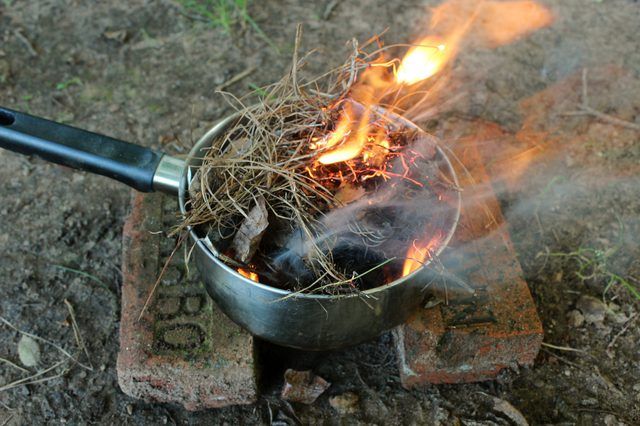Bulbs
Flower Basics
Flower Beds & Specialty Gardens
Flower Garden
Garden Furniture
Garden Gnomes
Garden Seeds
Garden Sheds
Garden Statues
Garden Tools & Supplies
Gardening Basics
Green & Organic
Groundcovers & Vines
Growing Annuals
Growing Basil
Growing Beans
Growing Berries
Growing Blueberries
Growing Cactus
Growing Corn
Growing Cotton
Growing Edibles
Growing Flowers
Growing Garlic
Growing Grapes
Growing Grass
Growing Herbs
Growing Jasmine
Growing Mint
Growing Mushrooms
Orchids
Growing Peanuts
Growing Perennials
Growing Plants
Growing Rosemary
Growing Roses
Growing Strawberries
Growing Sunflowers
Growing Thyme
Growing Tomatoes
Growing Tulips
Growing Vegetables
Herb Basics
Herb Garden
Indoor Growing
Landscaping Basics
Landscaping Patios
Landscaping Plants
Landscaping Shrubs
Landscaping Trees
Landscaping Walks & Pathways
Lawn Basics
Lawn Maintenance
Lawn Mowers
Lawn Ornaments
Lawn Planting
Lawn Tools
Outdoor Growing
Overall Landscape Planning
Pests, Weeds & Problems
Plant Basics
Rock Garden
Rose Garden
Shrubs
Soil
Specialty Gardens
Trees
Vegetable Garden
Yard Maintenance
How to Scarify Seeds
How to Scarify Seeds. Seed dormancy, often found in plants that grow in alternating wet and dry seasons, ensures that the seeds survive until the conditions are right for germination. In some seeds, the embryo is dormant. In others, a hard coat prevents air and water, which is necessary for germination, from entering the seed. Often larger seeds...
Seed dormancy, often found in plants that grow in alternating wet and dry seasons, ensures that the seeds survive until the conditions are right for germination. In some seeds, the embryo is dormant. In others, a hard coat prevents air and water, which is necessary for germination, from entering the seed. Often larger seeds are scarified to break through the hard coat, techniques that mimic natural conditions.
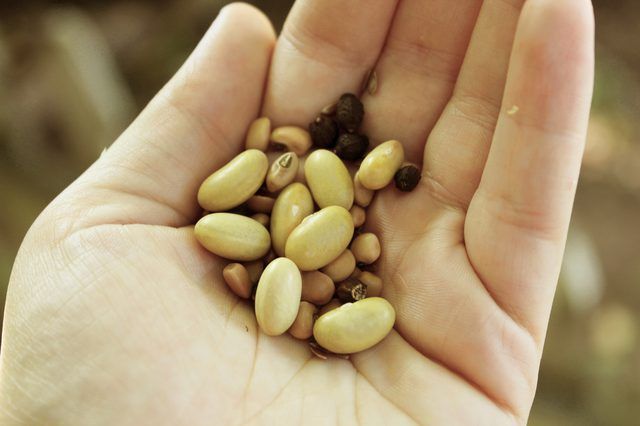
This process mimics the gnawing of rodents and weathering. Use a knife to nick medium to large seeds, especially beans and legumes. You can also rub them with a file, emery paper or sandpaper. Do scratch the seeds and their sides, but do not scratch so deeply that you expose the light-colored embryo. Sandpaper is often used to scarify annual sweet pea seeds (Lathyrus odoratus). You can scarify large numbers of seeds by shaking them vigorously in a jar filled with coarse sand until their coats are scratched and dull. Physical scarification works with two members of the perennial Ipomoea genus that are typically grown as annuals, morning glory (Ipomoea purpurea) and the moonflower (Ipomoea alba).
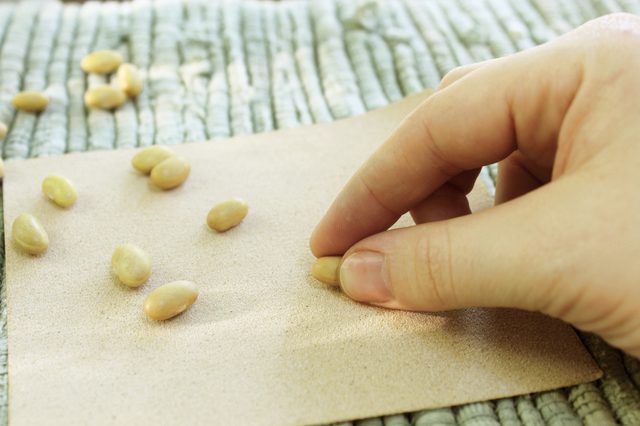
Alternating hot and cold weather also scarifies seeds. To mimic this, place the seeds in five to six times their volume water that is 190 degrees Fahrenheit, not boiling. Water boils at 212 degrees Fahrenheit. Boiling water will kill them. Boiling makes the seed coats permeable, and they take in water and swell as the water cools. When the water cools to room temperature over a period of 12 to 24 hours, throw away seeds that float and keep those that sink.
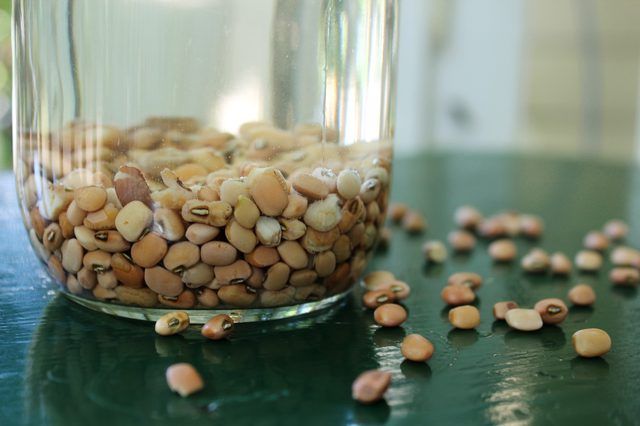
Seed coats are also scarified as they pass through the acids in the digestive tract of birds and animals that eat them. Especially tough seeds may be scarified by soaking them in sulfuric acid, a stomach acid substitute sometimes used by commercial growers but too dangerous to be recommended for the home gardener. Although less effective, substituting vinegar for sulfuric acid can scarify seeds with coats that are not too hard. Soak seeds in vinegar for different periods of time to determine how much time it takes to turn their seeds dull but not form deep pits that might expose and destroy their endosperm. If they’re not soaked long enough, their skins will be smooth and still impenetrable to air and water. When you’re finished, soak the seeds in room-temperature water for one to five days.
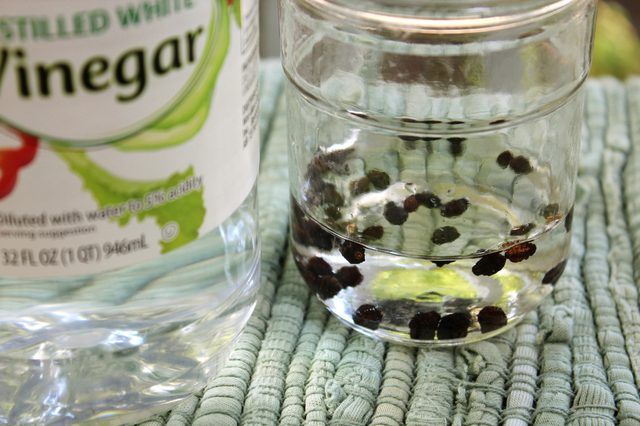
The seeds of some plants won’t germinate until they have been through fire. An example is common Manzanita (Arctostaphylos manzanita) Here a 4- to 6-inch-deep layer of dried pine needles is spread over the seeds and set fire. After the fire has burned out and cooled, the seeds are soaked with water. Even then the seeds won't germinate for another two months. Manzanita will grow in USDA zones 8a through 10b.
